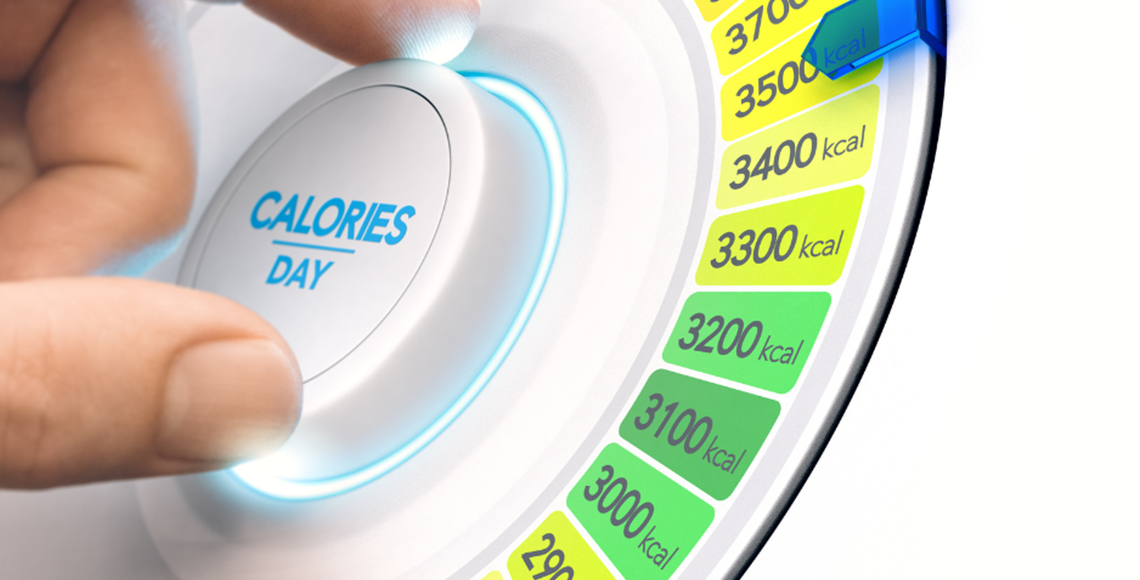Calorie Deficit: Good or Bad for Weight Loss?
We’ve been taught to think a deficit is a bad thing. It usually means our bank accounts are short or we are losing a sporting competition. When it comes to weight loss, however, a calorie or kilojoule deficit can be good. It means we are taking in fewer calories than we are burning, which causes us to burn fat. But when that deficit becomes too great, it can be harmful. We need the right number of calories—from the right foods—to maintain our health and achieve our fitness goals. To help you understand calorie deficits and how they can be used as a healthy diet to lose weight, here’s an overview:
What is a calorie deficit?
When we eat the same number of calories as our body needs, we maintain our weight. When we take in more, we gain weight. When we take in fewer (a calorie deficit), we lose weight. Digging a little deeper, when you take in fewer calories, your body will turn to its own food stores—body fat—to get the energy it needs. Faced with a calorie deficit, your body will first burn fat and then burn glycogen, which is the sugar that carbohydrates turn into once you eat them.1
How do you calculate calorie needs?
The number of calories you need to consume each day depends on several factors, including your weight, level of physical activity, body composition, and gender. To calculate the number of calories you need per day (your basal metabolic rate, or BMR) as part of a healthy eating plan, you can hop on an online BMR calculator, such as here.
You can also talk to your Curves Coach. If you sign up for a Nutrition membership at Curves, you get an individualized healthy eating plan designed to help you lose weight and get stronger. Not only will your coach provide motivation and guidance with your full body workout, they will also help you stick to a healthy to lose weight.
Keep in mind that there’s a delicate balance when it comes to a calorie deficit diet. Too much calorie restriction can slow your metabolism and negatively affect your health overall.2
Tips for Creating a Healthy Calorie Deficit to Lose Weight
Make protein a priority. Protein is an essential nutrient as part of any healthy eating plan, and it’s even more important if you regularly engage in a full body workout. Protein helps repair your muscles and make them grow stronger. It also helps you feel satiated. To reap all the benefits of protein, it’s important to eat it within two hours of completing the Curves Circuit. Good protein sources include eggs, lean meats, fish, low-fat dairy, tofu, and nuts and nut butters.3
Eat small, frequent mini-meals. Although some of us have been programed to eat breakfast, lunch, and dinner—and little in between—if you’re following a healthy eating weight loss plan, eating several mini-meals is a better way to go. Eating smaller, more frequent meals throughout the day will keep your metabolism going strong and assure your body is getting a steady stream of the nutrients it needs. You will also avoid feeling hungry, your blood sugar will stay at a constant level, and you’ll avoid unhealthy eating patterns where going hungry and then eating a large meal or sweet is the reward.4
Don’t drink your calories. Sweet tea, iced coffee with cream, lemonade—it’s easy to consume a large portion of your day’s calories and not eat a single thing. An easy way to create a healthy calorie deficit is to cut out all sugary or alcoholic drinks. These beverages provide lots of calories and no sense of fullness and are therefore one of the biggest culprits of weight gain and other health problems.5
Prepare for your healthy eating plan. When you order a meal in a restaurant, you don’t know where they are tossing on a few tabs of butter or tablespoons of salt. When you prepare your meals at home, you know exactly what’s going into them. Plus, you’ll save money. Reducing the number of times per week you eat or order take out is an easy way to stay on track with your healthy eating weight loss plan.
Get to Curves. Another easy way to create a calorie deficit is by upping the number of calories you burn. A full body workout that incorporates both strength training and cardiovascular activity like the Curves Circuit will keep your metabolism revving and your energy levels high.
And remember, as a member of Curves, you can upgrade to our Nutrition & Weight Management program, which will give you guidance and a plan for healthy weight loss. During your one-on-one sessions with your Curves Coach, you can discuss a calorie deficit diet, as well as foods you can eat, and lifestyle changes you can make for optimal health and wellbeing.
Your Curves Coach is there to lead you through every gym workout. With your Curves Coach success is within reach. Visit ‘Why Curves’ to find out more about Curves women’s only gyms and our full body workout on the Curves Circuit, or find your local Curves and sign up today!
Sources:







